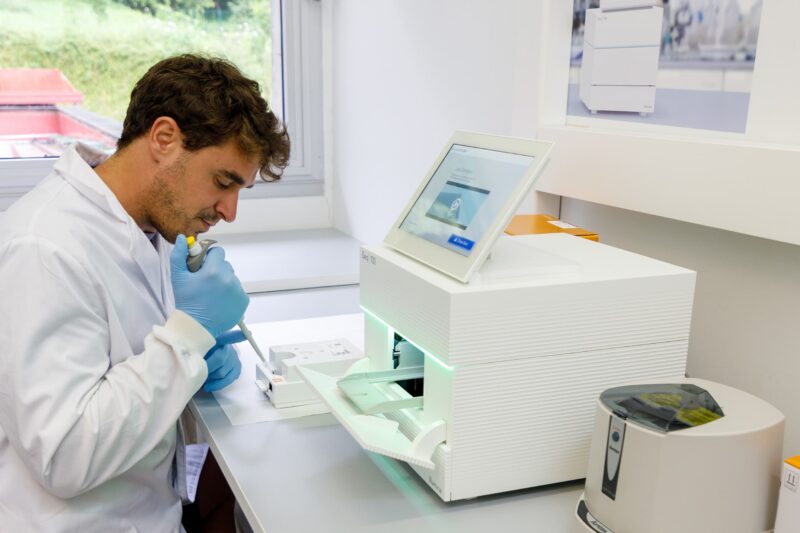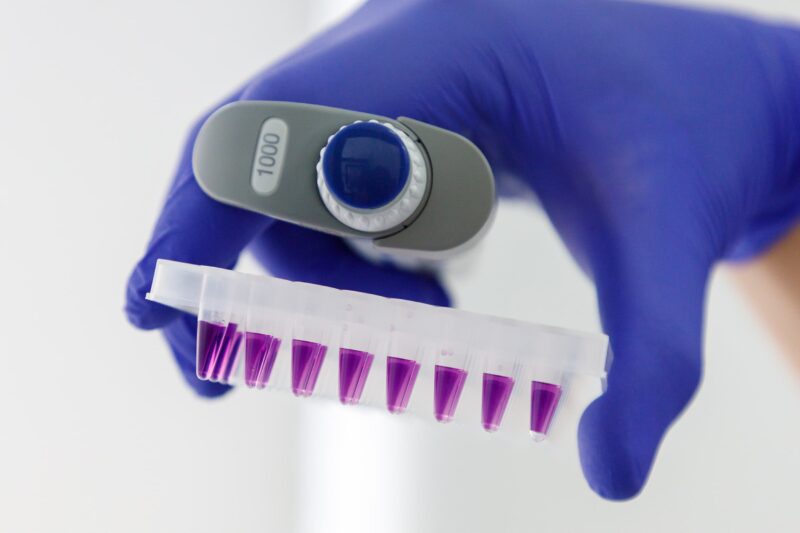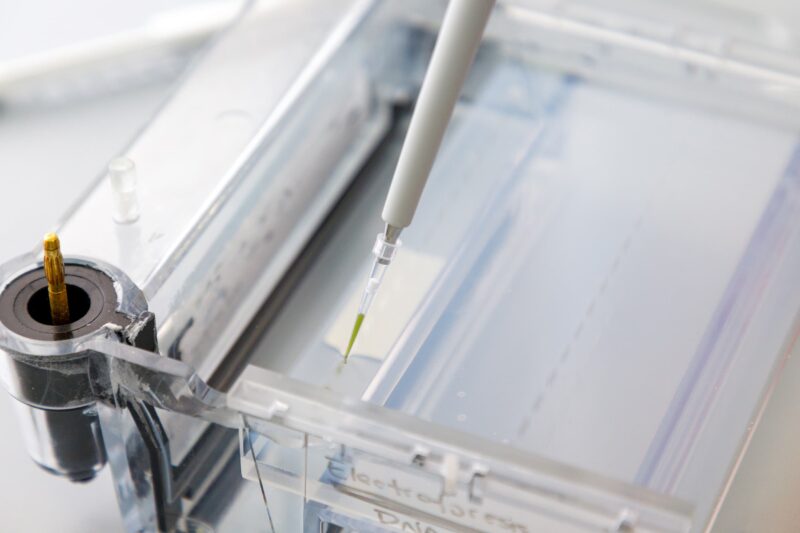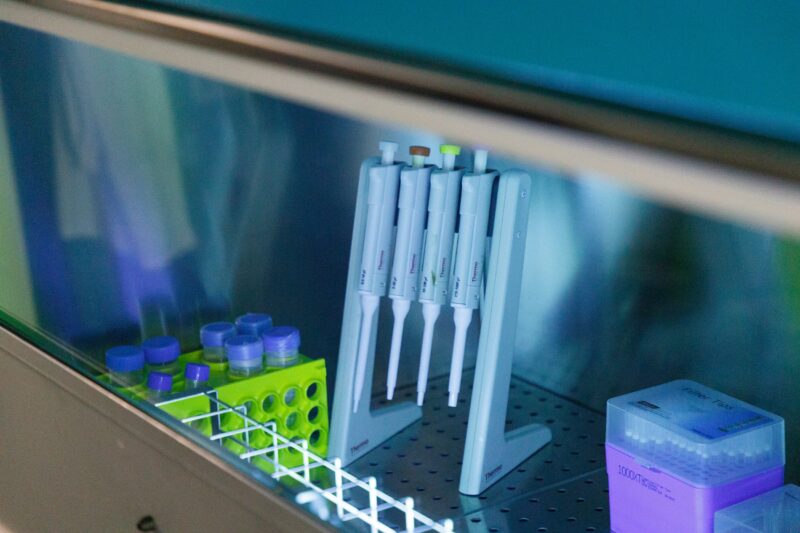
Molecular Methods to understand milk and cheese associated microbiota
Yogurts and cheeses produced in the dairy industry largely rely on microorganisms that generate characteristic flavors, textures, and properties. Advances in molecular biology techniques have made the identification and characterization of these microorganisms more precise. Among these techniques, metagenomics allows the analysis of the entire microbiome, and whole genome sequencing (WGS) of bacteria or molds of interest provides detailed information about their capabilities based on their genes. In various projects at Esneki Zentroa, we utilize the following molecular biology-based analyses and techniques to obtain exhaustive information about the microbiome of both milk and cheese:

qPCR Technique (Quantitative Polymerase Chain Reaction)
qPCR allows the amplification and quantification of DNA. By knowing the characteristic DNA fragments of known microorganisms or specific genes, we can directly analyze them. For example, this technique enables the rapid and precise identification of pathogenic bacteria such as Salmonella, Listeria, or Escherichia coli. Primers specifically designed for these species prevent interference from other microorganisms. Additionally, qPCR can quantify microorganisms of interest in dairy products, for example some beneficial microorganisms like Lactobacillus or Bifidobacterium, which are essential for fermentation process and consumer health.

Metagenomic Techniques: 16S and ITS Targets
Thanks to advancements in sequencing, it is possible to collect information on all microorganisms present in an environment, rather than focusing on a single species. Since 2022, we have implemented metagenomic techniques in our projects and studies at Esneki Zentroa, obtaining promising results. Instead of selecting the DNA of a specific microorganism or gene, a region of the rRNA (16S for bacteria or ITS for molds and yeasts) can be sequenced entirely. These genomic regions are present in all microorganisms, facilitating their amplification. However, each species has its characteristic sequence, allowing us to identify which microorganism each sequence belongs to. This way, we can analyze all microorganisms present in dairy products in a single essay, providing an overview of the environment that explains what is happening. This can be particularly useful, for example, when comparing microbiomes of dairy products that have undergone different production processes, as it allows us to identify which species are making these differences. Thus, we can make adjustments in future production processes to reach the desired product.

Whole Genome Sequencing (WGS)
While qPCR allows for the analysis of known microorganisms or genes, metagenomics helps identify the communities of microorganisms present in an environment. However, WGS is the technique that truly allows for the detailed identification and characterization of both known and unknown microorganisms. Through this technique, we sequence all the genetic information of bacteria (genomic DNA), enabling us to obtain precise identification down to the species or strain level, improving the results obtained with conventional microbiological identification techniques. Additionally, having all the genetic information of the microorganism allows us to characterize the genes it contains and understand the bacteria’s potential. For example, we can determine if it has a gene capable of producing an aromatic compound, if it is resistant to antibiotics, or if it has the ability to produce secondary metabolites. Understanding the behavior of the microorganisms involved in the cheese-making process is crucial, and having access to all this information helps us keep control over the production process, ensuring the desired organoleptic and health properties in the final product.

